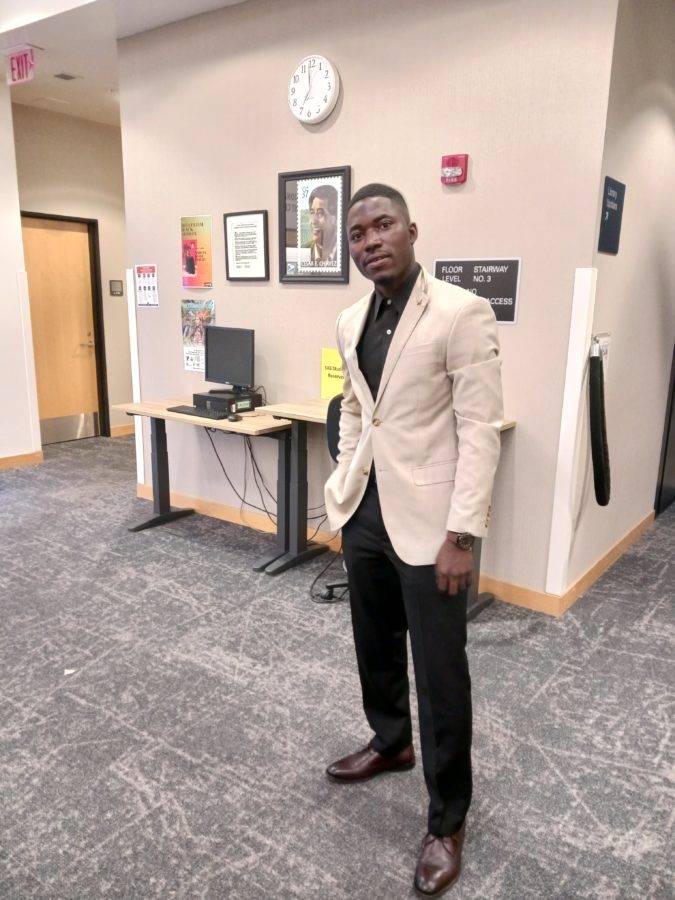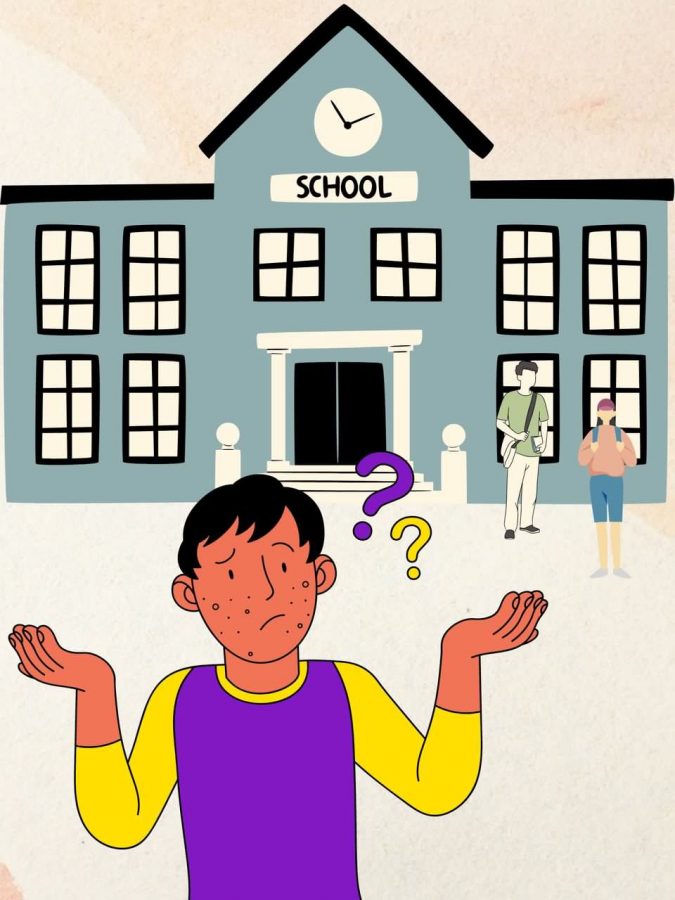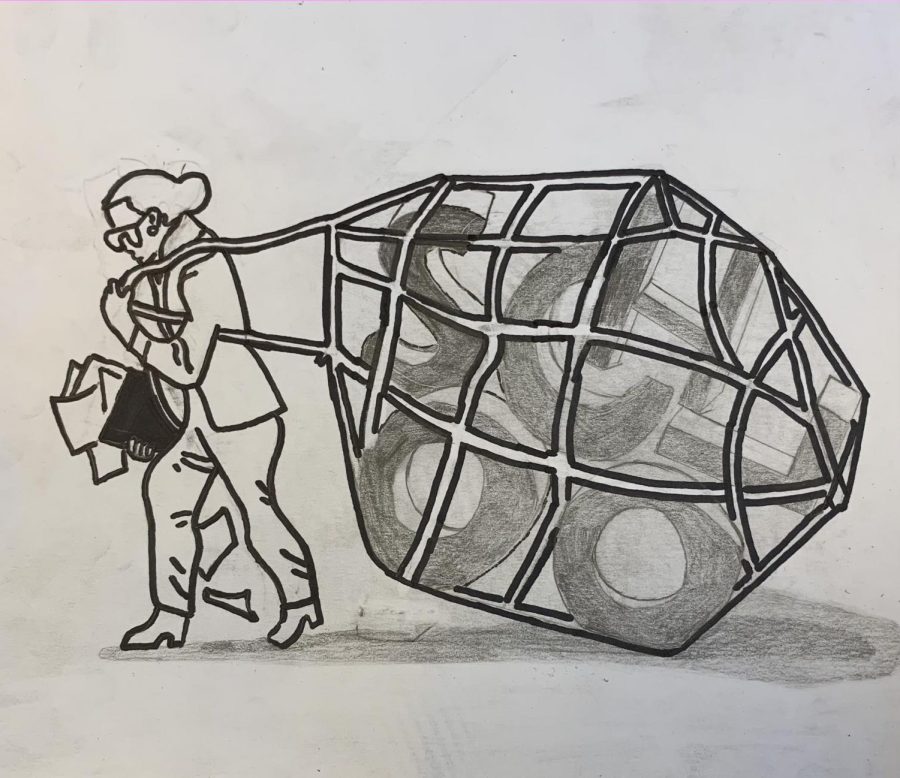When you buy a car you take a lot of factors into account.
First, you make some rough assessment of the value of the car, by which you make some quasi-calculations in your head about what you think the car is worth, and after you have settled on some number, you weigh the actual cost of the car against the value you’ve given the car.
And if the value is greater than the cost, you conclude it is a reasonable investment.
We do this with every purchase we make. We do it with routine grocery buys. We do it with household nic-nacs. We do it with everything, except with schools.
If we did we might see how outrageously expensive schools are. In 1975, the cost of supporting a student at a UC was, on average, 44 percent of annual income, in the mid-2000s, it cost 82 percent of annual income.
In roughly the last ten years alone, the price of public schools has risen 104 percent. The cost of schools hasn’t just nominally gotten more expensive; the entire dynamic between the how the public views public schools has changed.
Students are seldom viewed as pupils anymore, and schools are viewed more as career-building facilities than as educational institutions, classified more as a government expense than a civic imperative, altering the relationship from student-to-school to a more customer-and-store-like relationship.
Since schools are institutions reliant on public money, therefore subject to public policy, the public’s view of higher education commands the direction of college affordability.
In the 1970s the cost for a UC a year was $3,093, in actual dollars. The big difference between now and then, taxpayers funded a greater percentage of the total cost.
A survey, conducted by the TIME/Carnegie Co., found that 73 percent of college leaders answered “cuts in government spending” when asked what the biggest factor contributing to rising cost of colleges is.
Median household income has been on a steady decline since mid-2007, the start of the recession, currently $50,054, but in contrast the 2013 sticker price was up 3.8 percent, to a record $22,261, according to college board report.
Meaning students are forced to pay more for schools with less income, on average, because taxpayers’ contribution to colleges has withdrawn, which prices-out the lower-income demographics from higher education, disproportionately affecting those who need a college degree the most.
Research shows that by 2020, 65 percent of all jobs will require post-secondary education, currently 35 percent of the population are projected to have post-secondary degrees.
Multiple factors add to the rising cost of public colleges. Administrative costs have dramatically risen, nationwide, and many administrators have secured big pay increases. A lot of factors add to the total of overall school increase, room, board, etc, still tuition accounted for about half of that increase, forcing consumers to pay more, with less money.
The clumsiest way to assess an investment is by subtracting the cost from the value. A TIME/Carnegie poll showed that 54 percent of the general population believes the importance of college is future-earnings related; with a declining job market, the value of school is also in decline.
With rising tuition prices, an unsusceptible job market, predatory education lending, school-wide budget cuts and starved educational programs, college is looking like a lousy investment.
Tuition at SJCC has steadily increased over the last few years, programs have been steadily cut, transfer opportunities to secondary schools have bottlenecked and the job market has flatlined.
Almost every school has reduced its course offerings. Almost every school and every program is affected. Even our local flagship university, SJSU, recently declared “undecided” an impacted major.
The job market is terribly unreceptive to outgoing graduates. The US currently has the highest per capita percentage of master’s degree recipients that work as waiters.
With tuition rising, community colleges, which are intended to serve as a cost-effective gateway to higher education, are finding themselves unreachable for their base customers: financially disadvantaged students.
Though students are paying a higher premium, the government is still the largest investor, and the government is reducing education spending.
In 1985 state appropriations paid ±35 percent, the state is currently spending ±10 percent on.
To counter this macroscopic shift, colleges have sought aggressive alternatives.
Colleges are refocusing their institutions away from being stepping-stone educational facilities and moving toward high-performing vocations. For-profit private schools, “McSchools” such as University of Phoenix, have thrived while most other higher educational facilities have faced harsh realities.
Community colleges are moving toward for-profit models the door on it being the model of gateway education is closing; focusing on “high-performing” trade programs and moving away from traditional education programs.
This is evident at our own college, SJCC has refocused their budget away from classes like anthropology, and moved it toward departments like cosmetology-seemingly for a very simple reason: cosmetology brings in customers.
This paradigm shift in the culture of education, looking at students as customers, drifts school further from their intended purpose.
The average debt load for college seniors who took loans was $25,250, and if a student chose to pursue a master’s or a doctorate on loans, it is very likely for an individual to accumulate more than $100k in loans.
School debt just surpassed credit card debt as the highest unsecured debt.
To counter all this doom and gloom, students have to be very, very thoughtful in their educational direction.






